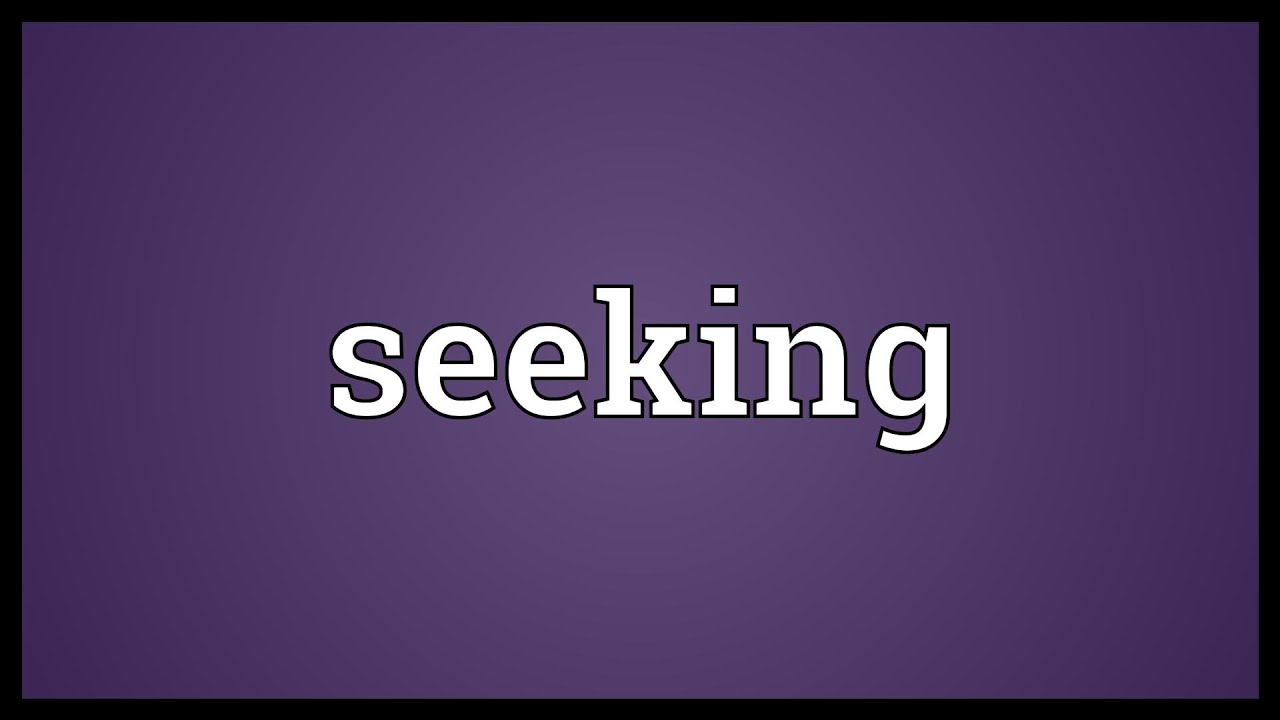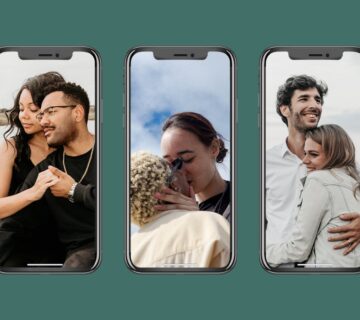For singles over 40 or 50, choosing the right dating platform can make all the difference between a vibrant romantic experience and endless frustration. Two of the most searched and debated options today are Seeking (formerly Seeking Arrangement)—a luxury, “arrangement”-friendly dating app—and OurTime, a trusted brand dedicated to mature singles. If you’re researching, “Which is better: Seeking or OurTime for older adults?”
What is Seeking?
-
Audience: A premium, global site connecting “attractive members” (often younger) and “successful” (typically affluent) singles for open, transparent relationships—ranging from mentorship and luxury companionship to serious romance.
-
Unique aspects: Focus on honesty in intentions (including “sugar” relationships), lifestyle-based searches, rigorous verification, and international reach.
-
Typical age range: Strong in the 25–44 group, but also caters to older singles, especially affluent men aged 40–65+ seeking younger partners or unique connections.
What is OurTime?
-
Audience: Specifically designed for singles aged 50+. Aims at genuine companionship, late-life romance, and friendship among mature adults.
-
Unique aspects: Simplicity, community features, and events. All features are tailored for the needs and expectations of users with life experience.
-
Typical age range: Dominated by users 50–75+, few younger members.
User Demographics & Age Balance
| Platform | Gender Ratio | Largest Age Segments | Key Audience Interests |
|---|---|---|---|
| Seeking | 63.7% male, 36.3% female | 25–34, 35–54, but many 55+ | Luxury, lifestyle, mentorship, romance, “arrangement” |
| OurTime | Roughly balanced | 50–64, 65+ | Friendship, dating, remarriage, companionship |
-
Seeking: Heavily male, but attracts women of various ages—especially those seeking upscale connections or alternative dating dynamics. Good for older men seeking younger women, but also hosts women and men 50+ seeking new, casual, or non-traditional partnerships.
-
OurTime: Primarily for 50+ singles seeking peers. Gender split is close to even, with a slight male lean in some regions.
Features & Ease of Use
Seeking:
-
Advanced search: Filter by income, lifestyle, net worth, travel, relationship type.
-
Verification: ID, selfie, and privacy-enhancing features.
-
International reach: Available in 130+ countries and eight languages.
-
Communication: Paid for most men, free for many women and students after verification.
-
Arrangement transparency: Users encouraged to be upfront about their desires and boundaries.
OurTime:
-
Simplicity: Designed for tech-wary users; easy profile setup and navigation.
-
Community tools: Virtual mixers, local events, personalized match recommendations.
-
Focused search: By age, interests, distance, and relationship goals relevant to older adults.
-
Communication: Subscription required for messaging, but costs are lower than Seeking.
Safety & Fake Profiles
-
Seeking: Extensive verification (ID, selfie, liveness checks), but as a luxury, “arrangement” platform, attracts some scammers and fake profiles—demanding user vigilance and skepticism.
-
OurTime: Also sees fake accounts, but its conventions (no “arrangements,” frequent moderation, community guidelines) help limit riskiest behaviors. Extra safety resources are supplied for older adults.
Pros & Cons for Users Over 40 or 50
Seeking
Pros:
-
Appeals to successful older adults seeking upscale, sometimes younger matches, or unique lifestyle dynamics.
-
The transparency about desires/personal arrangements can make connections more efficient.
-
International and diverse; not limited to one location or experience style.
Cons:
-
Skewed gender ratio (nearly 2 men per woman), so men may face more competition for responses.
-
Messaging/paywall can be costly for men.
-
Not solely focused on over-40 or over-50 crowd—more heterogeneous community demographics.
OurTime
Pros:
-
Purpose-built for those 50+, making it perfect for peer-to-peer matches.
-
Easy to use, rich community feel, lower intimidation factor than luxury or “arrangement” apps.
-
Balanced or female-leaning gender distribution (especially in larger cities), increasing match opportunities.
Cons:
-
Limited international or “younger partner” search options.
-
Fewer fancy filters or upscale features than Seeking.
-
Less flexibility for unconventional or age-gap relationships.
User Experience and Success Stories
-
Seeking: Users over 40–50 often find success connecting with both younger and like-minded older partners, but highlight the importance of a high-quality, verified profile and candid early communication. Those open to arrangements and mentorship often thrive; traditionalists may face a steeper learning curve.
-
OurTime: Members regularly report satisfaction with local matches, low-pressure communication, and high rates of in-person meetings for serious partnership or friendship.
Pricing
-
Seeking: Premium plans start at $109.99/month for “Successful” members (mostly men); Attractive Members (typically women, some students) may pay little or nothing. Diamond status costs more.
-
OurTime: Subscriptions are in the $30–$50/month range (depending on promotions and commitment). All messaging is paid, but costs far less than Seeking.
Read More: Is Seeking Worth Paying For in 2025? A Deep Dive Into Value, Costs, and User Satisfaction
Which Is Better for You?
| Choose Seeking if… | Choose OurTime if… |
|---|---|
| You’re over 40 or 50 but want luxury, “arrangement,” or age-gap romance | You want genuine connections with local peers 50+ |
| You seek international or diverse opportunities | You’re uncomfortable with negotiation/arrangement talk |
| You’re an affluent man (or verified woman), ready for premium search tools | You want clarity, simplicity, and lower cost |
Final Word
If you’re over 40 or 50, Seeking and OurTime both have something to offer, but each caters to a distinct dating philosophy. you want peer companionship, simplicity, and a focus on later-life romance, OurTime is built for you. If you’re interest in upscale connections, flexibility, age-gap romance, or nontraditional arrangements, Seeking luxury community provides rare opportunities—just ready for a more competitive and nuance experience.







[…] Read More: Seeking vs. OurTime: Which Is Better for Dating Over 40 in 2025? […]